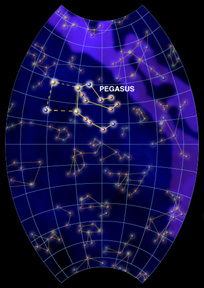The constellation, Pegasus. To see the Winged Horse, you must imagine the constellation in the image flipped over.
Click on image for full size
Windows to the Universe original image
Pegasus
The constellation Pegasus represents the white, winged horse of Greek mythology. This beautiful figure can be seen high in the sky starting near the end of summer and continuing through autumn if you live in the Northern Hemisphere. If you are below the Equator, look for Pegasus in late winter and through spring. When looking at the image, it is difficult to see the figure as a horse. That is because the constellation is actually upside-down! Imagine it flipped over, and you can see what could be the neck and head of a horse and two legs sticking out from the famous "Square of Pegasus".
This square represents the front half of the horse's body. Mythologists are still not sure what happen to the other half of the constellation. The square is very easy to find in the night sky. The neck and legs of the horse shine brightly on clear nights.
The story behind Pegasus begins with the battle between Perseus and Medusa. When Perseus severed Medusa's head, drops of blood fell into the sea. They mixed with sea foam, and Pegasus was born. The white sea foam gave the horse his brilliant color. Pegasus became friends with the warrior, Bellerophon. One day, Bellerophon tried to ride Pegasus to Mount Olympus. This angered Zeus so much that he sent a gadfly to bite Pegasus. When the horse was stung, Bellerophon fell to the Earth. Pegasus made it to the home of the gods, where he still remains.
Pegasus is home to several galaxies and even a bright globular cluster.
You might also be interested in:
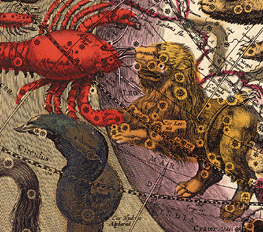
Constellations are formed of bright stars which appear close to each other on the sky, but are really far apart in space. The shapes you see all depend on your point of view. Many societies saw patterns
...more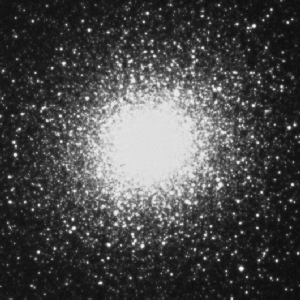
If you think that this globular cluster looks like a very round elliptical galaxy, you would be right! Elliptical galaxies and globular clusters have a lot in common. There is no gas or dust in a globular
...more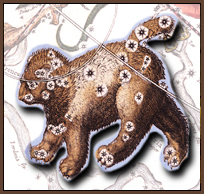
Many different constellations fill the evening sky in the northern hemisphere. Depending on your location and the season, different constellations can be seen. Northern circumpolar constellations can be
...more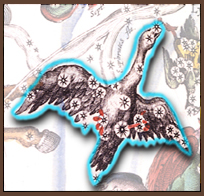
Many different constellations fill the evening sky in the southern hemisphere. Depending on your location and the season, different constellations can be seen. Southern circumpolar constellations can be
...more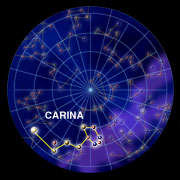
The constellation Carina is known as the Keel, which is the bottom part of old ships. Carina was originally a part of Argo Navis, which was a huge boat in the night sky. It has since been divided into
...more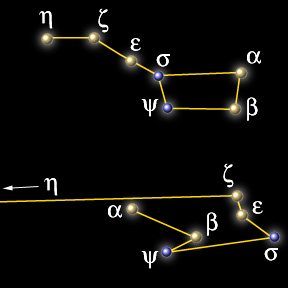
In most cases, however, the stars that we see that seem to be "close" to each other actually are quite far apart, some stars are much closer or farther than others as is shown in the example below of Ursa
...more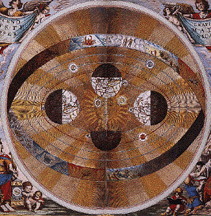
In our time, scientists (and most people!) know that the constellations seem to move across the sky because the earth rotates on its axis. What, you may ask, does the turning of the earth have to do with
...more
If you look at the night sky different times of the year you see different constellations. This change is due to the motion of the Earth in its orbit around the Sun. Each day a few stars are visible in
...more


